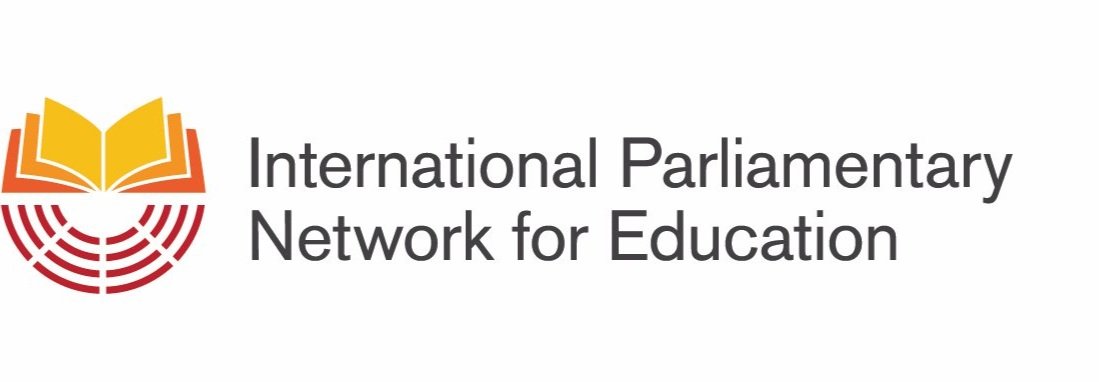Education Emergency
By Oliver Mawhinney - IPNEd’s Advocacy Officer
The publication of the recent Global Education Monitoring Report (GEMR) 2020 said loud and clear: Education for All needs to mean Education for All without exception.
This call could not have been timelier, the COVID-19 pandemic has added new barriers to the challenge of education inclusion.
Schools have been shut since March, distance learning has failed to reach large numbers of learners, family incomes have collapsed, children have lost their caregivers and hundreds of millions of children are missing out on school feeding.
The poorest and most marginalised already faced the greatest barriers to a quality education but they’ve been hit particularly hard by the pandemic, which has exacerbated existing inequalities.
School closures have hit the most marginalised children the hardest
Around the world, country responses to the pandemic have not paid attention to the inclusion of all learners. The GEMR found that around 40% of low and lower-middle income countries have not supported learners at risk of exclusion, including the poorest students, linguistic minorities and learners with disabilities.
Equitable access to technology for learning – whether that be access to the Internet, television or radio - has typically been assumed a given, when the reality for learners has been very different.
A recent article in the New York Times highlighted the rising number of students in the United States travelling to the parking lots of libraries, schools and coffee shops to find a reliable WiFi signal in order to complete school work.
Even low technology approaches have failed to guarantee learning continuity. Among the poorest 20% of households in Ethiopia, only 7% owned a radio, according to the GEMR.
The poorest and most marginalised children are most at risk of losing out on learning and never returning to school – with girls 2.5 times more likely to drop out of school than boys.
Recent projections from UNESCO estimate that an additional 24 million children and youth (pre-primary to tertiary) are at risk of not returning to school next year due to the economic impact of the pandemic alone.
The COVID-19 emergency comes on top of an existing learning crisis
The pandemic has brought into sharp focus the widening disparities that learners face in accessing a quality education – both domestically and internationally – with the serious risk of progress towards achieving SDG 4 going into free fall.
But there is also an opportunity to learn lessons from the crisis, get children’s learning back on track and, crucially, build back better.
This week the international community have united behind the campaign to Save Our Future - to protect and reimagine education now and post-COVID.
Whilst the impetus is on governments and other partners to act, parliamentarians have a vital role to play in ensuring that investment in education - and crucially the removal of barriers - are put at the heart of the global recovery effort.
These are just a few of the ways parliamentarians can help build back better:
1) Demand better and higher financing for education
Before the pandemic, there was a $1.8 trillion funding shortfall across low and middle income countries compared to the resources required to reach SDG 4.
Education financing is now at risk of collapsing - and struggling to recover - as education budgets are squeezed by falling government expenditure and shrinking aid budgets.
Protecting and increasing expenditure on education must be a top priority for parliamentarians. MPs should push for greater resources to be mobilised to education and for financing to target those most in need.
Historically education budgets have been under-resourced, with resources subsequently allocated regressively, active involvement by parliamentarians in the budgeting process can help reverse that tide.
2) Prioritise the furthest behind
More than a half a billion children and young people were already missing out on their right to a quality education, because of who they are or where they live, or were in school but not learning.
One of the major obstacles to inclusion in education remains the absence of legislation to ensure education is delivered equitably. The GEMR found only five countries - Chile, Italy, Luxembourg, Paraguay and Portugal - have inclusive education laws covering all learners.
Yet the majority of parliaments have the ability to initiate laws and to amend government legislation. Whilst legislation is only a first step, it provides an opportunity for MPs to lead efforts to tackle the barriers that hold back quality education for the most marginalised.
3) Place greater emphasis on the quality of learning outcomes
Parliamentarians should play an active role in advocating for and holding governments accountable for the implementation of national COVID-19 education response and recovery plans.
The development of recovery plans presents an opportunity to reimagine education to help ensure all children learn, with targeted action to accelerate learning outcomes for the most marginalised children.
The COVID-19 emergency has given new urgency to IPNEd’s mission
Parliamentarians have both the responsibility and the opportunity to mobilise governments to move beyond rhetoric to real concrete actions that can help deliver inclusion in education. That’s why IPNEd will support parliamentarians to play their vital part in building back better, with a focus on education financing, equity and quality that will run consistently across all of our work.


